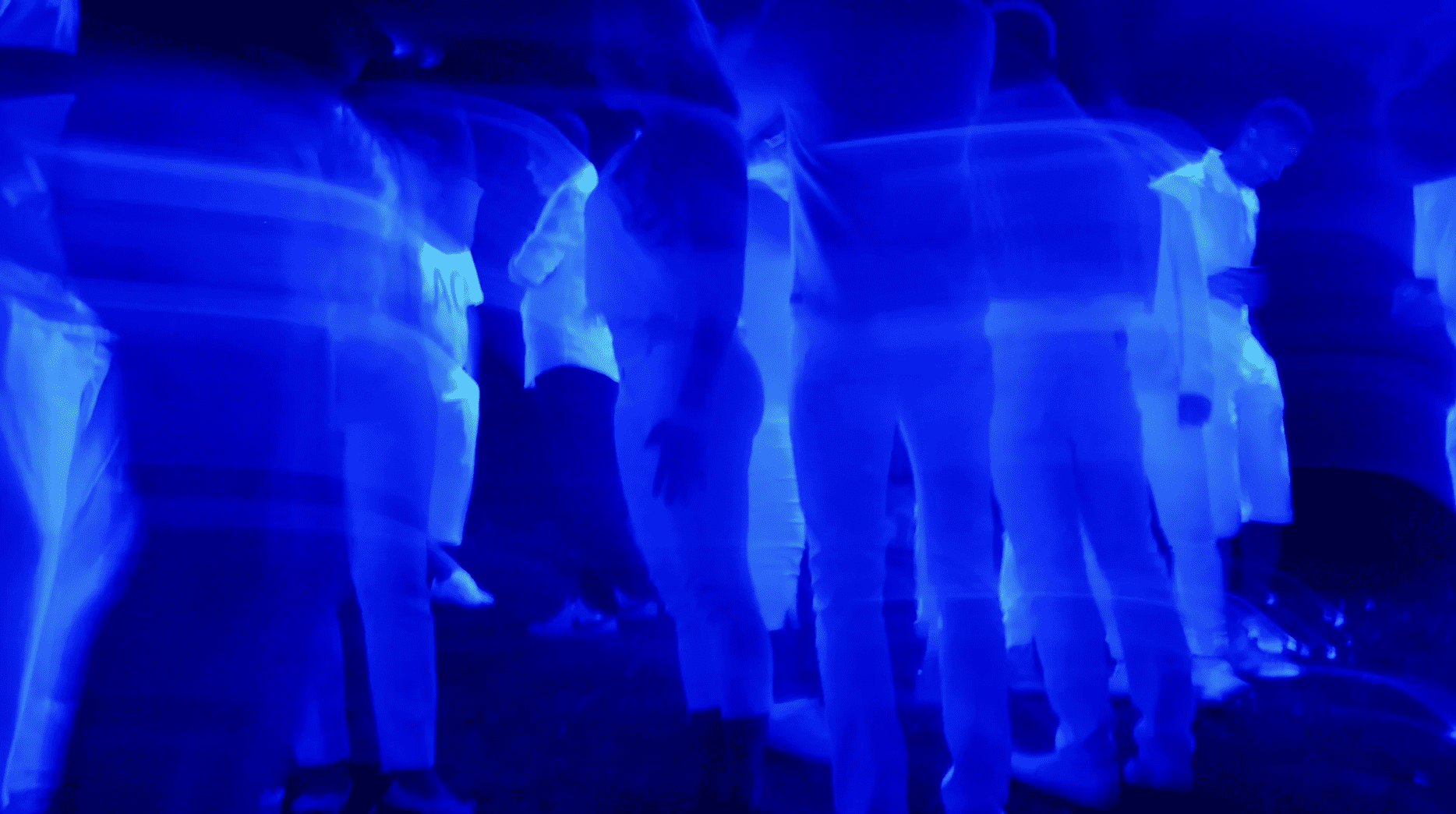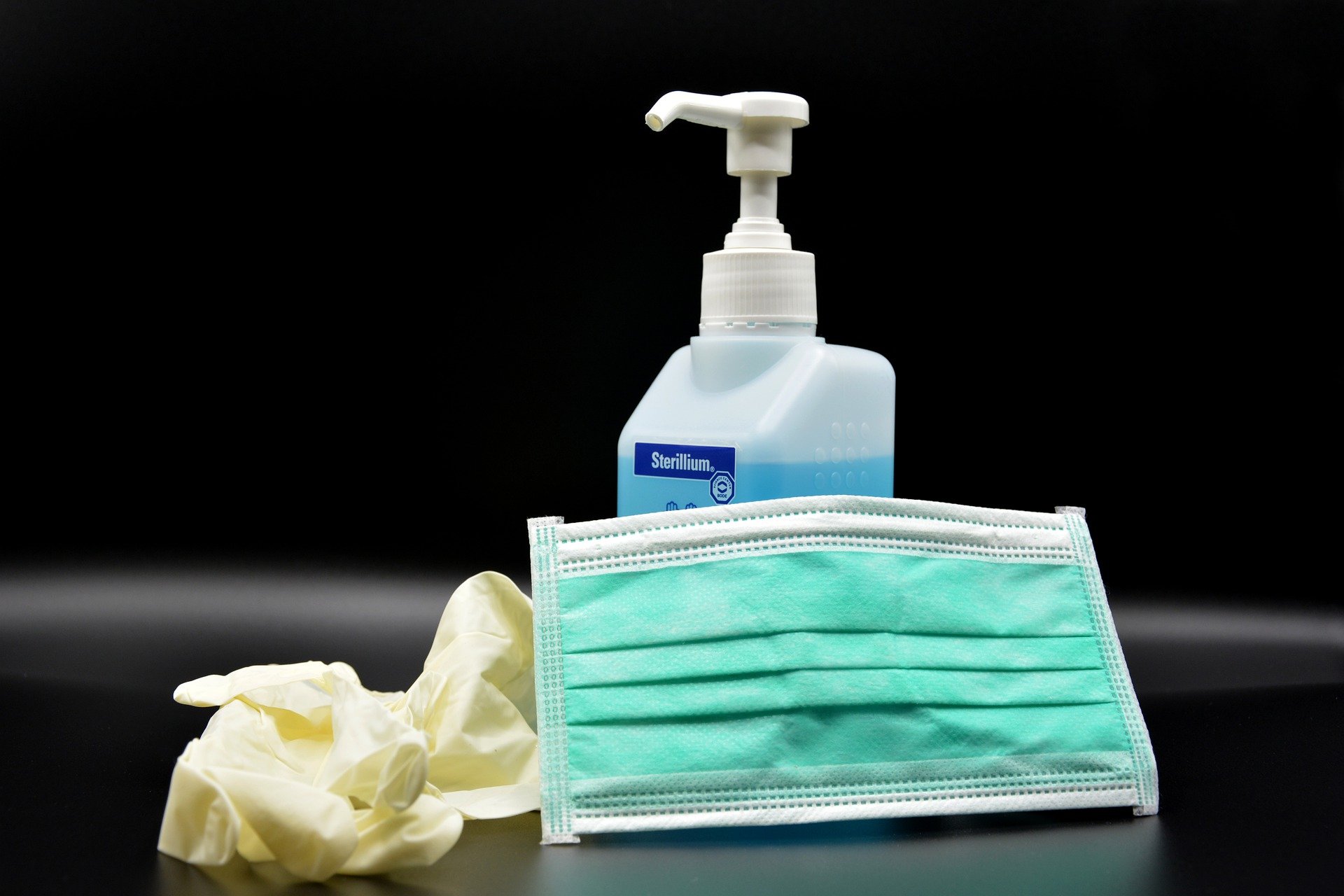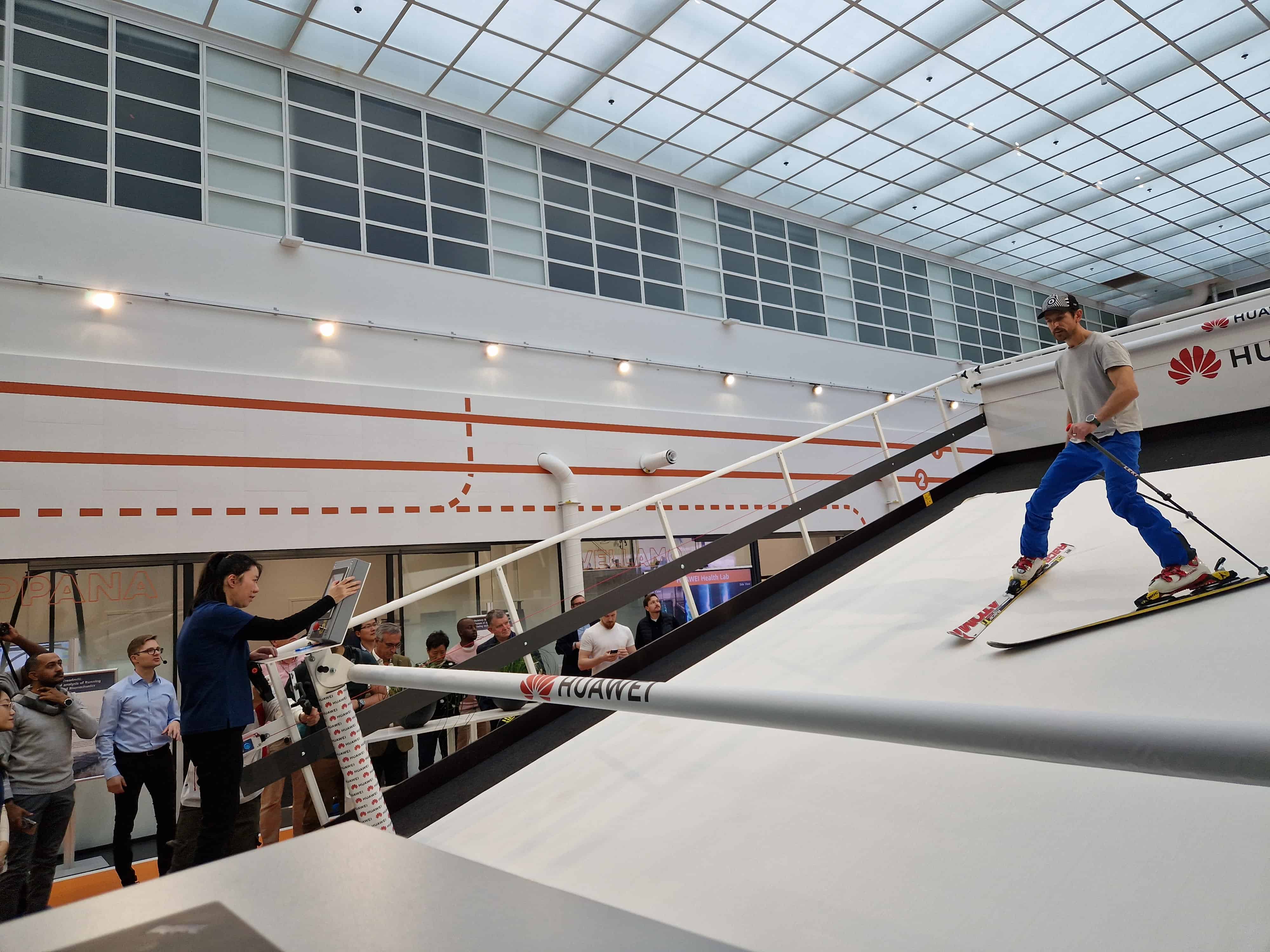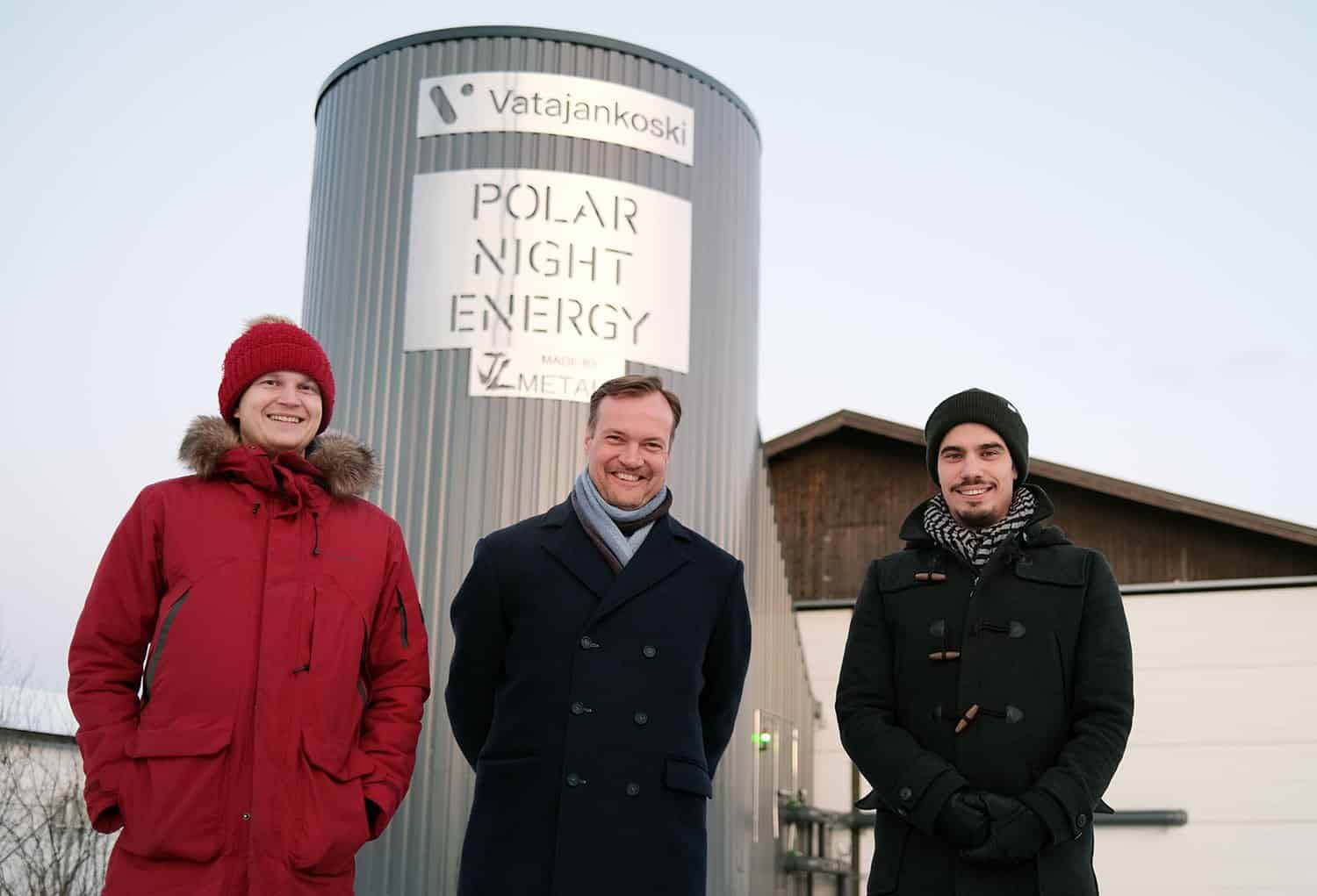
Using ultraviolet germicidal radiation (UVGI) for disinfecting indoors is an effective way of deactivating various pathogens (including SARS-CoV-2). But it may have previously unexplored indirect adverse effects on people related to reduced indoor air quality caused by the UV radiation used. The University of Helsinki conducted an experimental study which found that every time the UV lamps were switched on, concentrations of both gases and small particles increased considerably.
The research found that bringing UV radiation indoors through UVGI devices increases concentrations of both gases and small particles, which can be hazardous if inhaled.
UVGI is a demonstrably effective way of deactivating various pathogens (including the SARS-CoV-2 coronavirus) by exposing them to high-energy UV radiation through the use of UV lamps. As the Covid-19 pandemic has increased the need to disinfect large quantities of both air and various surfaces, hospitals, among other operators, have recently increased the use of UVGI disinfection robots.
Private spaces
This led Doctoral Researcher Frans Graeffe from the University of Helsinki’s Institute for Atmospheric and Earth System Research (INAR) to investigate the effects of such devices on indoor air quality.
A similar UVGI solution is now also increasingly used in private and public spaces. Even though the radiation in such cases is less intense than that emitted by hospital devices, it is irradiated for longer periods of time.
“We focused on the effects of UVGI disinfection robots on indoor air quality to better understand the potential adverse effects,” says Graeffe. To this end, a UVGI device used in hospitals was brought to the aerosol physics laboratory at the University of Helsinki, where modern measuring equipment was used to measure the concentration, size and chemical composition of the gases and small particles formed.

Increased gases and particles
The results showed that every time the UV lamps were switched on, as the disinfection was initiated, the amount of both gases and small particles increased considerably. While both particle and gas concentrations started to decrease immediately after the UV lamps were switched off, it took 30 to 40 minutes for them to return to their original levels.
Solar ultraviolet radiation enables most of the chemical reactions occurring in the atmosphere, including the formation of oxidisers such as ozone (O3) and the hydroxyl radical (OH). Bringing UV radiation indoors in the form of UVGI disinfection robots makes it possible for outdoor reactions to take place indoors. Reactions caused by radiation can form a range of gases and small particles that harm human health when inhaled. High particle concentrations have been associated with several diseases (e.g., respiratory diseases).
Protective gear
Graeffe suggests that after disinfecting a room with a UVGI device it would be better to wait for a while before entering or to enter wearing protective gear such as a sufficiently effective respirator. Because of the complexity of the formation of gases and small particles caused by UV lamps, further investigation is needed before such devices become widespread in order to understand how different UVGI devices affect indoor air quality and how their benefits compare with their adverse effects.








